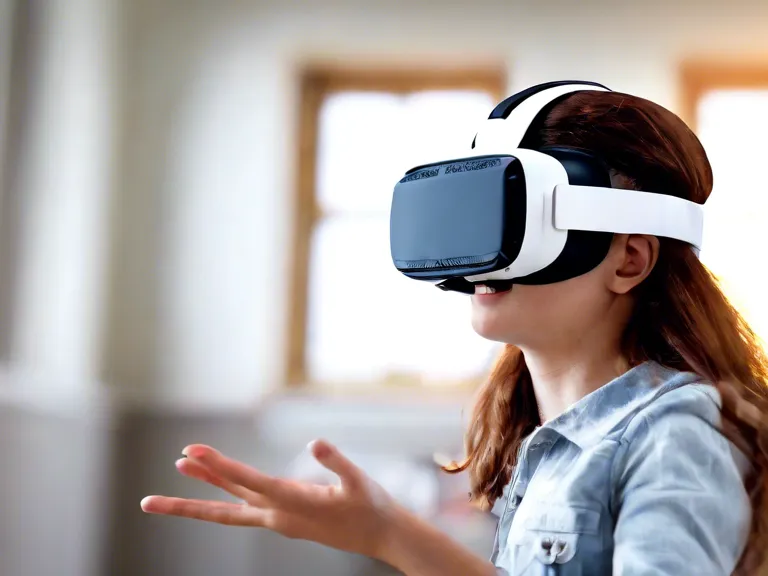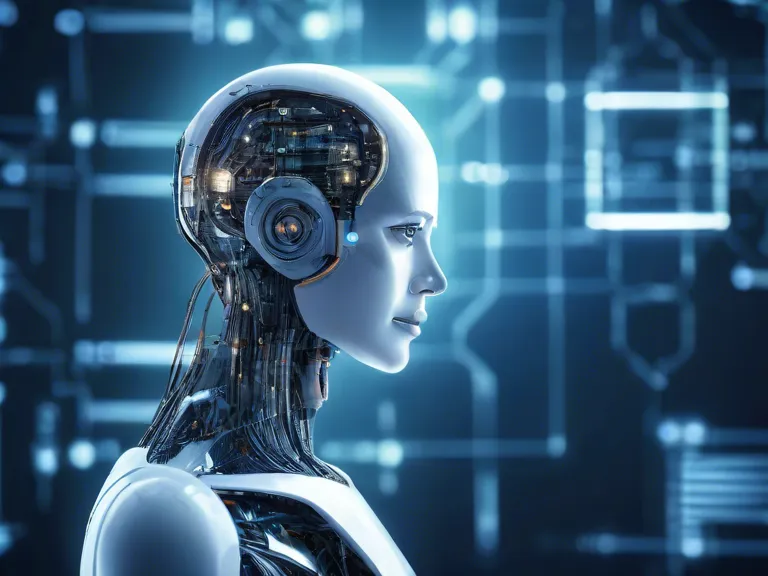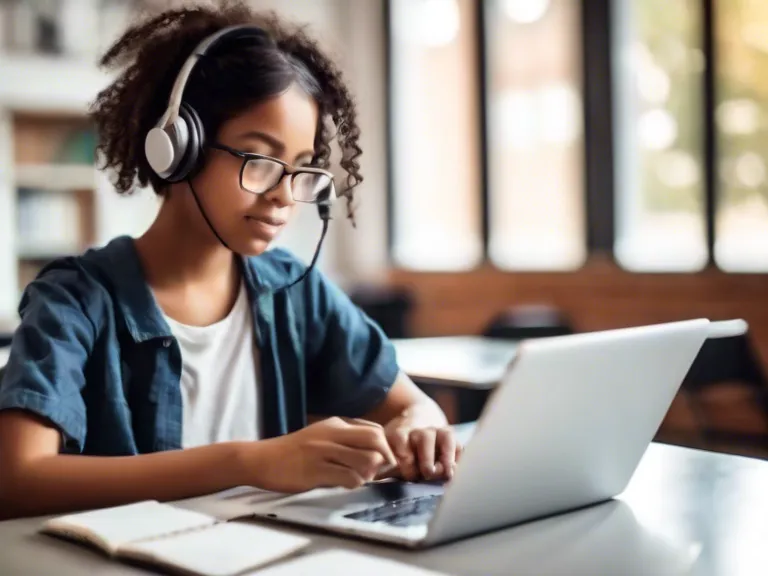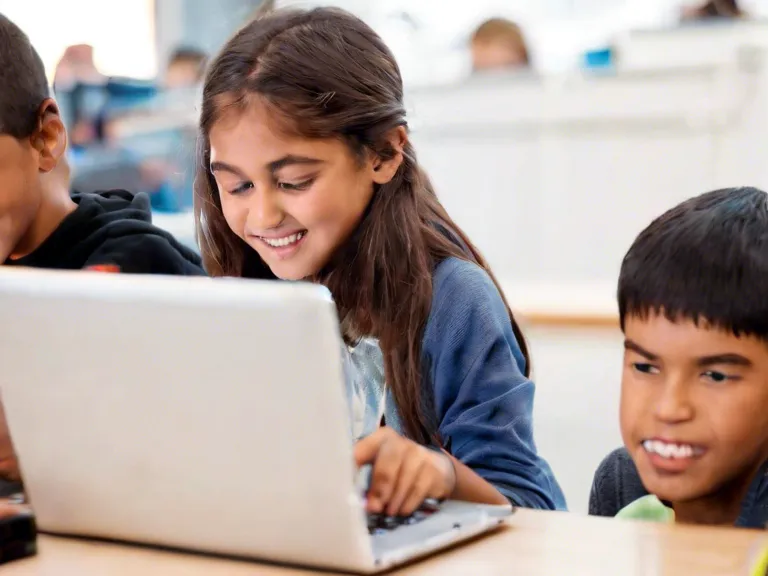
Virtual reality (VR) technology has the potential to completely revolutionize education, providing immersive and interactive learning experiences for students of all ages. From exploring historical sites to conducting virtual science experiments, VR opens up a whole new world of possibilities in the classroom. This article will delve into the various roles that VR plays in transforming education and how it can enhance the learning process for students.
One key role of VR in education is in the realm of field trips. Traditional field trips can be costly and logistically challenging to arrange, but with VR, students can visit any place in the world virtually. For example, students can explore the pyramids of Egypt or journey through the depths of the ocean without leaving the classroom. This not only saves time and money but also allows students to have a more immersive and engaging experience.
Moreover, VR can also be utilized in STEM education to bring abstract concepts to life. Instead of reading about complex scientific principles in textbooks, students can interact with virtual experiments and simulations to better understand these concepts. This hands-on approach can significantly improve comprehension and retention rates among students.
Another important role of VR in education is in fostering creativity and collaboration. Virtual reality platforms allow students to work on projects together in a shared virtual space, regardless of their physical locations. This promotes teamwork and real-world problem-solving skills, preparing students for the collaborative nature of the modern workforce.
In conclusion, the role of VR in revolutionizing education cannot be overstated. By providing immersive experiences, enhancing comprehension of complex concepts, and fostering collaboration, VR has the potential to completely transform the way students learn. As VR technology continues to advance, we can expect to see even more innovative applications of VR in education in the years to come.



